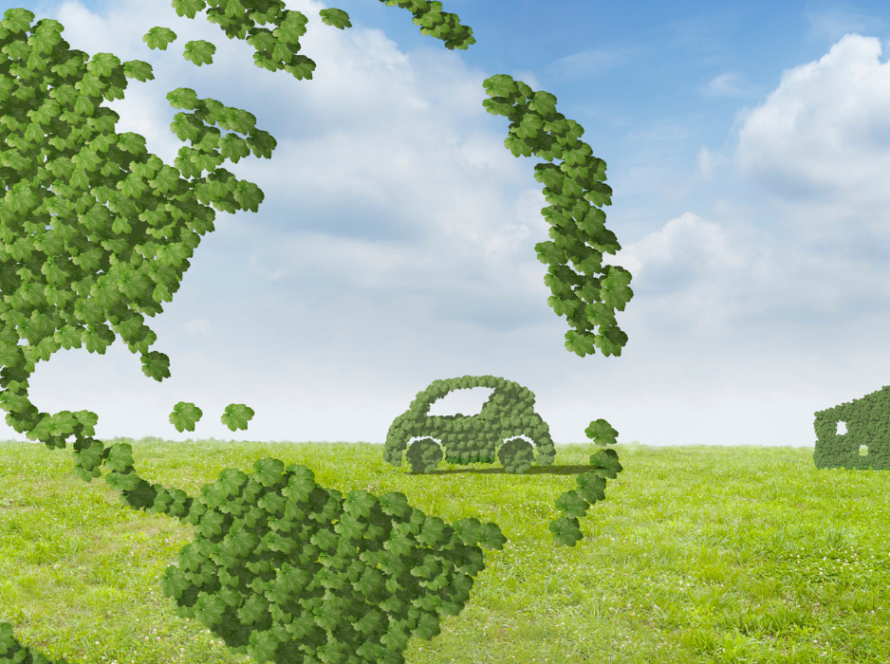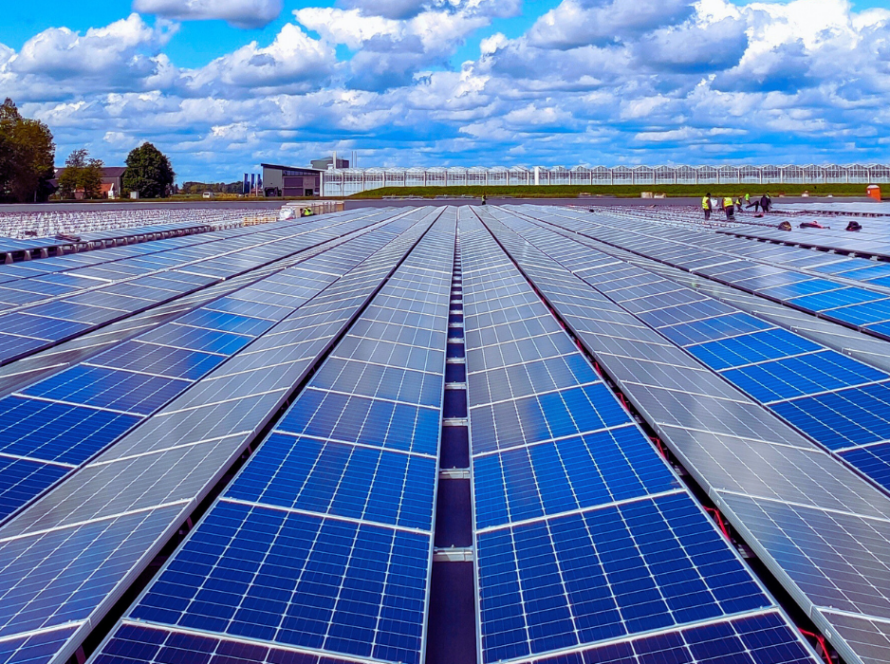Aquaculture: A Double-Edged Sword for Ocean Health and Economic Potential
Aquaculture, often hailed as a solution to overfishing and food insecurity, has become a leading contributor to the declining health of the ocean. Across Southeast Asia, unsustainable practices in aquaculture have wreaked havoc on marine ecosystems. Shrimp ponds in Lombok, Indonesia, have destroyed mangrove forests vital for carbon storage, while seaweed farms in the Philippines have smothered seagrass beds and coral reefs, exacerbating microplastic pollution.
Yet, experts believe that aquaculture, done sustainably, could become part of the solution. According to a new report by Standard Chartered Bank, “blue food” – aquatic-based food production – holds greater climate mitigation and economic potential than ocean-based renewables or transportation. The report estimates the blue economy could unlock $15 trillion in value and mitigate up to 40% of current greenhouse gas emissions.
A Growing Wave of Ocean-Based Startups
Between 2019 and 2022, the number of ocean-focused startups – spanning aquaculture, renewables, and shipping – surged by 91%, with early-stage private ocean funds surpassing $1 billion in 2022. In Southeast Asia’s Coral Triangle, home to the world’s most biodiverse marine ecosystem, investments in sea-based startups have tripled since 2020, reaching $72 billion.
Despite this growth, experts warn it is far from enough. The region, where the ocean accounts for 30% of GDP and half of dietary protein, is severely underfunded. Dr. Meri Rosich, CEO of Oceanomy, stresses that meeting the blue economy’s potential will require $1.5 trillion in sovereign funding and $1 trillion in private investments by 2030 – a stark contrast to the current trickle of funding.
Funding Challenges and the Need for Innovation
Currently, only 1% of global finance flows to the blue economy, making it the least-funded area among the United Nations’ 17 Sustainable Development Goals. Standard Chartered notes that many blue economy solutions are concentrated in underdeveloped regions and are considered too risky for conventional loans or early-stage equity.
Innovative financing tools, such as debt-for-nature swaps and blended finance, are emerging as solutions. These mechanisms combine guarantees, concessional loans, and impact bonds to reduce investor risk. In 2023, the value of blended finance deals rose to $15 billion, up from $9 billion in 2022, even as the number of deals declined.
The Risks and Realities of Sustainable Aquaculture
For entrepreneurs in the aquaculture sector, disease outbreaks and environmental risks remain significant challenges. Small-scale operators, in particular, struggle with limited cash flow and are vulnerable to “boom and bust” cycles caused by disease, pollution, or illegal fishing practices like cyanide use.
Even larger companies are not immune. Singapore-based Barramundi Group, which farms Asian sea bass using sustainable feed in the Johor Strait, reported a $24 million loss in 2022 due to high operating costs and a disease outbreak.
Robert Jones, director of global aquatic food systems at The Nature Conservancy, emphasizes the importance of sustainable practices, such as spacing seaweed farms to avoid nutrient pollution. However, small-scale farmers remain unbankable and vulnerable to market volatility.
Innovative Solutions and Success Stories
Despite the challenges, innovative startups are making waves in the blue economy. Coast 4C, an Australian company, is building regenerative seaweed supply chains in the Philippines for products like bioplastics and cosmetics. A finalist for the 2023 EarthShot Prize, the company integrates seaweed farming with community-based marine protection, achieving four times the yield of traditional methods.
Nicholas Hill, CEO of Coast 4C, highlights the difficulties in attracting investment for upstream farming in the Global South, where most seaweed is grown. “Investors want to see scalability first. It’s a chicken-and-egg problem,” he says.
Toward a Sustainable Ocean Economy
Governments and institutions are stepping up to bridge the investment gap. In Vietnam, the Asian Development Bank (ADB) committed $15 million to support climate-resilient seaweed and barramundi farming through Australis Holdings. Indonesia launched the world’s first coral bond in partnership with the World Bank to protect reefs and fisheries.
Darian McBain, former chief sustainability officer of Thai Union, underscores the need for microfinance and insurance to support small-scale farmers. “Investing in people is key to a sustainable transition,” she says, adding that misconceptions about the ocean being “too big to fail” have hindered progress.
The Bigger Picture
Ocean explorer Fabien Cousteau warns that investment strategies must align with nature’s rhythms. “Nature does not work like the Nasdaq,” he says, emphasizing the need for standards in the blue carbon market, projected to reach $190 billion by 2030.
Similarly, Fred Puckle Hobbs of Singapore consultancy Tathva calls for a shift in focus. “If we keep funding software and consultants, we won’t scratch the surface of the problem,” he says. Instead, support must flow to those at the sharp end of the blue economy, including smallholders and communities dependent on marine ecosystems.
The path forward will require better data, stronger standards, and a commitment to long-term, sustainable investment. While the blue economy holds immense potential, unlocking it will require a profound shift in how humanity values and protects the ocean.
| Find out more here. |



